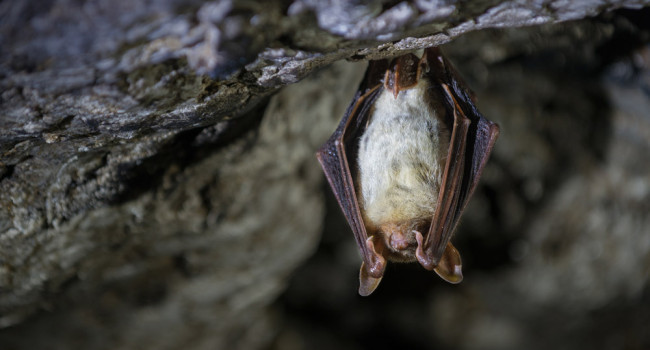Invasion of freshwater ecosystems is promoted by network connectivity to hotspots of human activity
Author(s): Chapman, D.S., Gunn, I.D.M., Pringle, H.E.K., Siriwardena, G.M., Taylor, P., Thackeray, S.J., Willby, N.J. & Carvalho, L.
Published: December 2019 Pages: 11pp
Journal: Global Ecology and Biogeography
Digital Identifier No. (DOI): 10.1111/geb.13051
Abstract
Aim
Hotspots of human activity are focal points for ecosystem disturbance and non‐native introduction, from which invading populations disperse and spread. As such, connectivity to locations used by humans may influence the likelihood of invasion. Moreover, connectivity in freshwater ecosystems may follow the hydrological network. Here we tested whether multiple forms of connectivity to human recreational activities promotes biological invasion of freshwater ecosystems.
Location
England, UK.
Time period
1990–2018.
Major taxa studied
One hundred and twenty‐six non‐native freshwater birds, crustaceans, fish, molluscs and plants.
Methods
Machine learning was used to predict spatial gradients in human recreation and two high risk activities for invasion (fishing and water sports). Connectivity indices were developed for each activity, in which human influence decayed from activity hotspots according to Euclidean distance (spatial connectivity) or hydrological network distance (downstream, upstream and along‐channel connectivity). Generalized linear mixed models identified the connectivity type most associated to invasive species richness of each group, while controlling for other anthropogenic and environmental drivers.
Results
Connectivity to humans generally had stronger positive effects on invasion than all other drivers except recording effort. Recreation had stronger influence than urban land cover, and for most groups high risk activities had stronger effects than general recreation. Downstream human connectivity was most important for invasion by most of the groups, potentially reflecting predominantly hydrological dispersal. An exception was birds, for which spatial connectivity was most important, possibly because of overland dispersal capacity.
Main conclusions
These findings support the hypothesis that freshwater invasion is partly determined by an interaction between human activity and species dispersal in the hydrological network. By comparing alternative connectivity types for different human activities, our approach could enable robust inference of specific pathways and spread mechanisms associated with particular taxa. This would provide evidence to support better prioritization of surveillance and management for invasive non‐native species.







Share this page